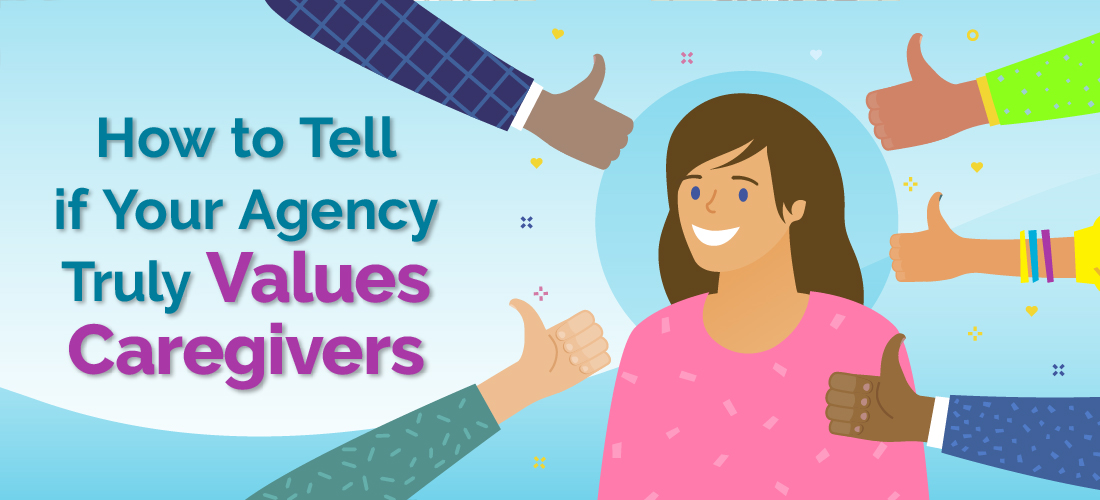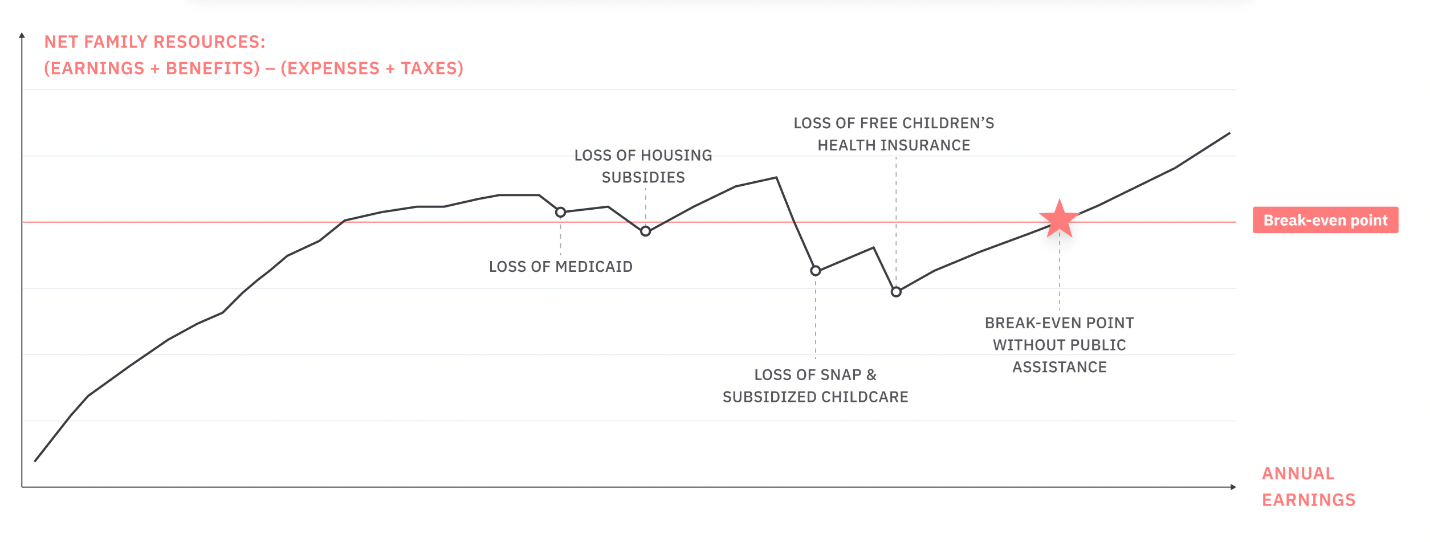
Guest blog by Connor Kunz of Careswitch
Who’s the best leader you’ve worked for?
One of the best CEOs I’ve ever worked for was Erik Madsen, CEO of Home Care Pulse from 2018-2021.
We’ve both since moved on to other endeavors (me to Careswitch and him to local church service and entrepreneurship), but I learned a lot from him. He was a people-focused leader who focused on employee well-being first and despite his busy schedule, always gave you the feeling that talking to you was the most important thing he could be doing with his time.
His beliefs about the value of employees didn’t stop with how he ran his own company. He frequently talked about his belief that too many home care agency owners view their caregivers as replaceable commodities rather than priceless assets.
Does your agency view caregivers as replaceable commodities or priceless assets? While it’s easy to give a knee-jerk answer for the latter, it’s worth some serious self-reflection. The biggest challenge for most home care agencies right now (and for the last few years) is hiring and retaining caregivers. Viewing caregivers as assets will drive you to invest in your caregivers in ways that boost your recruitment and retention. If you can solve recruitment and retention, most other problems in your agency tend to work themselves out, at least in the current hiring climate.
Signs That Your Agency Isn’t Showing Care for Caregivers
Here are some behaviors that might signal an agency that views caregivers as replaceable commodities:
- Office staff frequently make jokes with each other at caregivers’ expense
- Applicants coming in for an interview often have to wait 20 or 30 minutes after the scheduled interview time to actually meet with someone
- Caregivers aren’t compensated for time that the agency isn’t legally bound to pay them for but requires nonetheless, like training and orientation
- The owner rarely or never talks to the actual caregivers
And here are some behaviors that might signal an agency that views caregivers as priceless assets:
- The owner knows the caregivers personally and takes at least occasional opportunities to learn more about their lives and establish a rapport
- Caregivers’ feedback is consistently and actively sought after, listened to, and acted upon
- When a caregiver makes a mistake, their supervisor knows them well enough to discern whether it comes from a lack of training, a lack of motivation, or some other circumstance
- Caregivers’ needs are talked about in terms of their actual well-being, not just line items on an expense report
The latter list might sound tough to do, but that shouldn’t be a deterrent.
Recruiting is tough. Running an agency is tough. Growing a business is tough. Success belongs to those who do it anyway.
Investing in Your Caregivers Will Come Back to You—That’s Why It’s an Investment
Another anecdote from my time at Home Care Pulse: I managed the Home Care Benchmarking Study for several years, and using this data (along with national wage data from the Center For American Progress) we were tasked with calculating how much it costs an agency every time they have to replace a caregiver.
Factoring in both direct and indirect costs, the cost to replace one caregiver was around $2,600.
(Bear in mind this was in 2018, so thanks to inflation that number is probably 15-20% higher now. I wish I were joking.)
If you fully appreciated that every caregiver you retained saved you $2,600 or more, how would that affect your willingness to invest in them?
Here’s where I think most agencies can invest more in their caregivers.
#1: Pay them enough that it’s a little uncomfortable for you.
This doesn’t even need to be mentioned in many job markets right now because it might already be the cost of hiring, but many agencies fail to recognize that pay is less of a hit to your margins than you realize when you account for the advantages it brings in the form of retention, caregiver quality, and time saved for you and your staff to focus on other areas.
#2: Learn which specific benefits are most important to your caregivers.
Most caregivers come from lower-income demographics and often live paycheck-to-paycheck. Likewise, they’re often making complex income decisions to navigate what’s known as the “benefits cliff”—for example, if they make an incremental amount more, they may lose access to some federal benefits, putting them in a worse financial position than before. Just last week I talked to an agency owner who tried to give a caregiver a small raise and had the caregiver turn it down because she’d lose access to Medicaid if she accepted it.
This is not to say that you shouldn’t pay your caregivers as much as possible, but a reminder to learn which benefits will most help your caregivers’ quality of life. The benefits cliff isn’t the only concern with selecting the right benefits for your caregivers; more than anything, it’s a reminder that benefits aren’t one-size-fits-all.
Learn what your caregivers value and prioritize it.

(The benefits cliff—a good reminder that financial needs are complex and it’s worth taking the time to understand what types of benefits your caregivers value most.)
#3: Understand your caregivers’ career ambitions and help enable them.
Depending on the demographic of caregivers you’re hiring, this may vary quite a bit.
Older, “career” caregivers may enjoy what they do and not aspire to climb the ladder, but want assurance that they can have the same client for as long as possible.
Younger caregivers who are in training to become a CNA, meanwhile, may greatly appreciate training, upskilling, and educational opportunities.
Opportunities to advance and become caregiver leads, field supervisors, or office staff are almost always welcomed.
#4: Take time to understand your employees’ professional love languages, so to speak.
You might be familiar with the Love Languages Test, a test to understand what types of appreciation resonate most with a person.
While it’s most commonly used in context of romantic relationships, the principle is also highly important in a professional context.
People value different forms of appreciation. One person might thrive on being praised publicly in a training meeting. Another might feel more sincerity in being taken to lunch or given a handwritten note of appreciation. Someone else might not need validation at all but care more than anything that their feedback is valued when they give it.
Learning employees’ professional love languages doesn’t happen overnight and requires you to put in the time to understand and listen to them. One general shortcut to learning them is that people tend to give the forms of appreciation that they prefer to receive.
#5: Invest in personal relationships with them.
The common theme throughout all these is that more than anything, you (and your staff) need to invest in trust and rapport with your caregivers.
I know agency owners with 100+ caregivers who know every caregiver by name—an intimidating feat when they likely have caregivers leaving or new caregivers joining continually.
I also know agency owners who personally call each caregiver on their birthday.
Both of these are examples of the type of behaviors that signal an owner who’s invested the time to develop relationships with their caregivers.
It Sounds Cheesy, But. . .
Treat your caregivers the way you want them to treat your clients.
When you do, most other problems will sort themselves out.
It’s as simple as that.
For more resources on managing a home care agency, check out the Frequently Asked Questions of Home Care, where we’ve brought together home care experts of all kinds to give quick, meaty answers to all the burning questions every home care owner asks at some point.
About Careswitch
Connor Kunz is VP of Growth at Careswitch, the first free home care agency management software which you should totally go check out and start using. Before working at Careswitch, Connor led marketing and agency education at Home Care Pulse, including founding the Home Care Growth Summit and being the project lead for the annual Home Care Benchmarking Study. When he’s not working, Connor enjoys hiking with his wife, eating shredded cheese out of the bag, and watching TV while his gremlin-like cats judge him from across the room.
